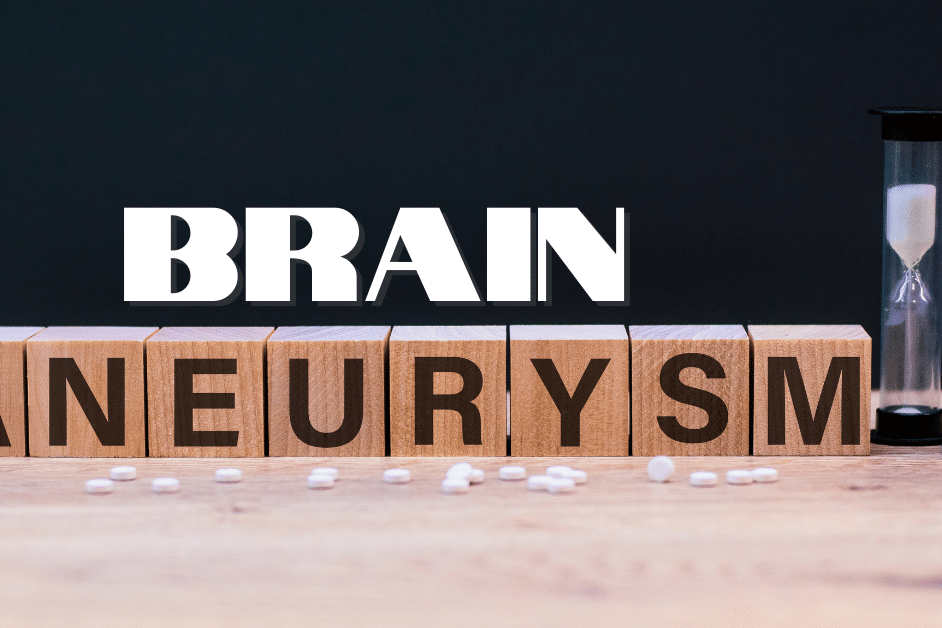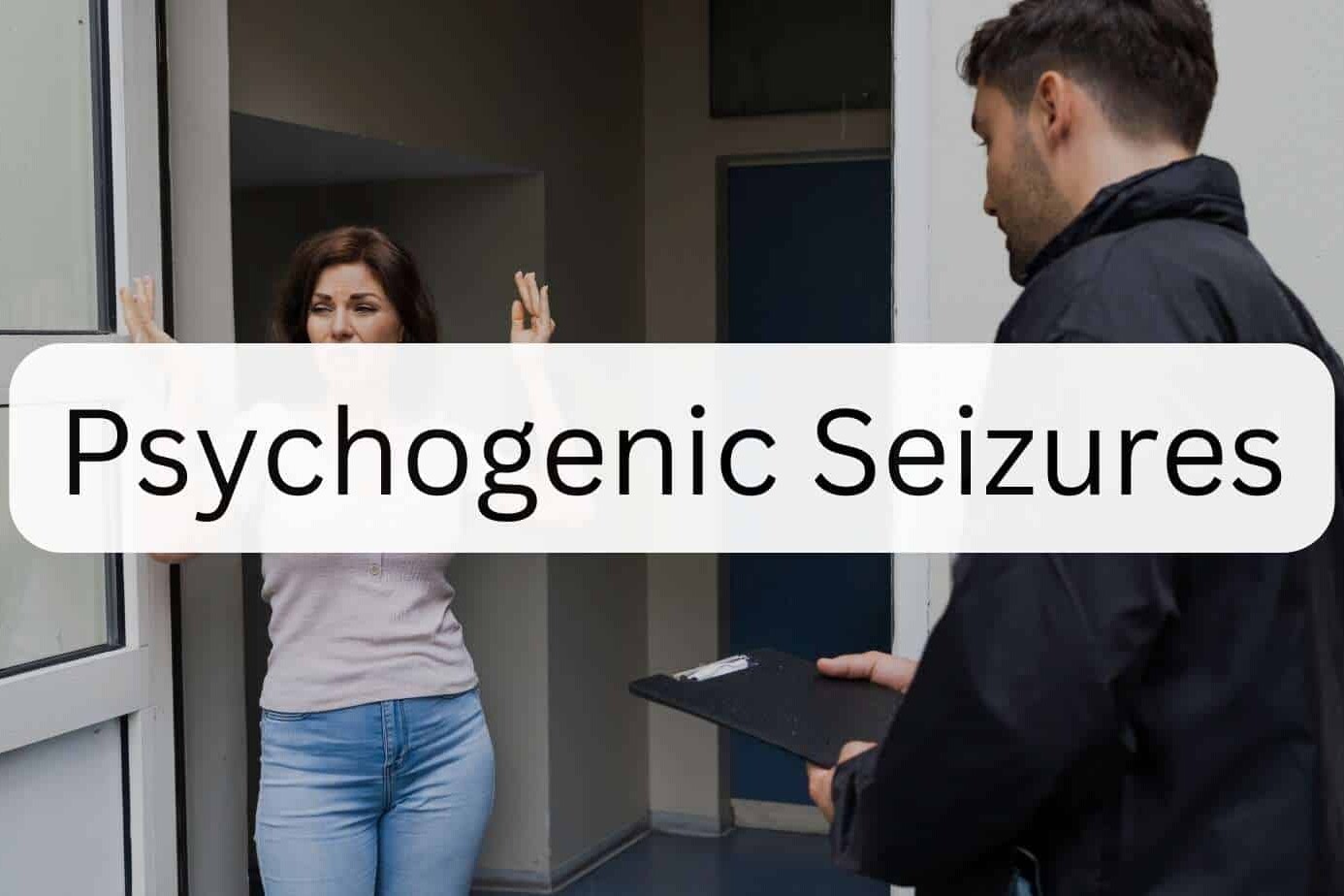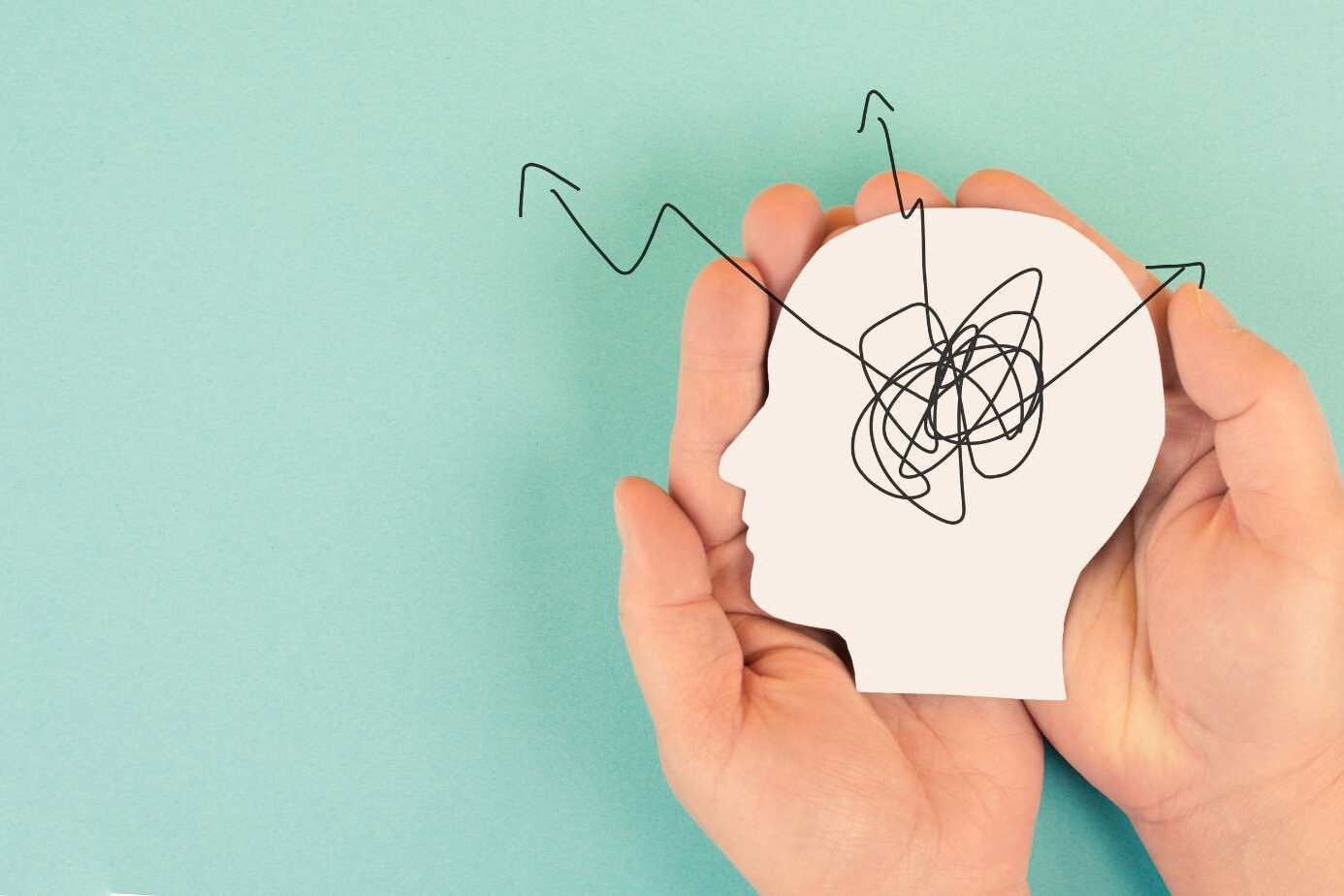Table of Contents
ToggleThe difference between a Seizure and convulsion
Seizures are sudden outbursts of electrical activity in the brain, leading to vigorous body and extremity jerky movements. The eyes may turn to one side or roll upwards, frothing from the mouth, tongue biting, the passage of urine, or stools may happen, leaving the patient exhausted for the next few hours. Seizure and convulsion do not harm the brain cells or neurons if they last 5 to 10 seconds; however, repeated seizures and those lasting more than 5 minutes can damage the brain.
Convulsions are when there are vigorous jerky movements of the body. There may be a loss of consciousness as well. Not all seizures are convulsive, and not all convulsions may be seizures.
Conditions that may cause convulsions but are not associated with epilepsy are high fever, cardiac syncope, heat stroke and low blood sugar.

Causes of Seizures
Brain Stroke
A brain stroke, which can be either ischemic (caused by a blocked blood vessel) or hemorrhagic (caused by bleeding in the brain), can disrupt normal brain function. The sudden interruption of blood flow or the presence of blood in the brain tissue can lead to abnormal electrical activity, triggering seizures.
Meningitis
Meningitis is an inflammation of the meninges, the protective membranes covering the brain and spinal cord. In some cases, the infection-causing meningitis can irritate the brain, leading to seizures. It is more common in cases of bacterial or viral meningitis.
Encephalitis
Encephalitis is the inflammation of the brain itself, often caused by viral infections. The rash can disrupt normal brain function and result in seizures, a neurological symptom of the disease.
Brain Trauma
Head injuries, such as concussions or severe trauma, can damage brain tissue and provoke seizures. The risk of seizures following a brain injury depends on the severity and location of the trauma.
Intracranial Hemorrhage
Intracranial hemorrhage refers to bleeding within the brain, which various factors, including high blood pressure, aneurysms, or other vascular abnormalities, can cause. The presence of blood in the brain can trigger seizures.
Subarachnoid Hemorrhage
A subarachnoid hemorrhage is bleeding that occurs in the space between the brain and the surrounding membranes. This condition can lead to seizures due to irritation and pressure changes in the brain.
Genetic Diseases
Some genetic disorders can predispose individuals to seizures. Epilepsy is one of the most well-known genetic conditions associated with recurrent seizures. These seizures are caused by inherited abnormalities in the brain’s electrical activity.
Toxins
Exposure to certain toxins and chemicals can disrupt normal brain function and provoke seizures. It can result from environmental toxins, drug abuse, or even chemical imbalances in the body.
Drugs
Some prescription medications, as well as recreational drugs and alcohol, can lower the seizure threshold, making it more likely for a person to experience seizures. In some cases, withdrawal from addictive substances can also trigger seizures.
It’s important to note that the manifestation of seizures can vary greatly depending on the cause, the individual’s overall health and the specific brain regions affected. Accurate diagnosis and appropriate treatment are crucial for managing seizures effectively. Suppose you or someone you know is experiencing seizures. In that case, seeking medical attention to determine the underlying cause and establish an appropriate treatment plan is essential.

What are the triggers for Seizure and convulsion?
Stress
Stress is a common trigger for seizures in many individuals with epilepsy. The exact mechanisms by which stress induces seizures are not entirely understood. Still, the body’s stress response is believed to alter brain activity and lower the seizure threshold. Finding effective stress management techniques can be crucial for those with epilepsy.
Drinking Alcohol or Alcohol Withdrawal
Alcohol consumption can affect the brain’s electrical activity. While some people may experience seizures during or after excessive alcohol intake, others may have seizures during alcohol withdrawal. The abrupt cessation of alcohol, especially in individuals with a history of heavy drinking, can lead to a condition known as alcohol withdrawal seizures.
Dehydration or Missing Meals
Dehydration and low blood sugar (hypoglycemia), which can occur when skipping meals, can lower the seizure threshold. Staying well-hydrated and maintaining a balanced diet can help reduce the risk of seizures.
Exposure to Toxins or Poisons
Various toxins and poisons can disrupt normal brain function and trigger seizures. These include lead poisoning, carbon monoxide exposure, illicit drugs, and high doses of certain prescription medications. Avoiding exposure to such substances is essential for seizure management.
Hormonal Changes Associated with the Menstrual Cycle
Hormonal fluctuations during the menstrual cycle can affect some women with epilepsy, leading to what are known as catamenial seizures. The exact relationship between hormones and seizures is complex and varies among individuals. Some women may experience increased Seizure and convulsion activity during specific phases of their menstrual cycle.
Sleep Deprivation
Lack of sleep or irregular sleep patterns can increase the risk of Seizure and convulsion in individuals with epilepsy. Sleep plays a crucial role in maintaining a stable electrical activity in the brain. Adequate sleep is essential for seizure management.
Visual Stimulation
Certain types of visual stimulation, such as flashing lights, intense graphic patterns, or rapidly changing images, can trigger Seizure and convulsion in individuals with photosensitive epilepsy. This condition is characterized by a heightened sensitivity to specific visual stimuli, and it’s essential to avoid such triggers to prevent Seizure and convulsion.
What to do at home with Seizure and convulsion
- When a Seizure and convulsion occurs, the main goal is to protect the person from injury.
- Try to prevent a fall. Lay the person on the ground in a safe area. Clear the area of furniture or other sharp objects.
- Cushion the person’s head.
- Loosen tight clothing, especially around the neck.
- Turn the person on their side. If vomiting occurs, this helps ensure the vomit is not inhaled into the lungs.
- Look for a medical ID bracelet with Seizure and convulsion instructions.
- Stay with the person until they recover or until professional medical help arrives.
Things friends and family members should NOT do
- DO NOT place anything between the person’s teeth during a Seizure and convulsion (including your fingers).
- DO NOT attempt to hold the person’s tongue.
- DO NOT restrain (try to hold down) the person.
- DO NOT attempt to hold the person’s tongue.
- Please DO NOT move the person unless they are in danger or near something hazardous.
- DO NOT try to make the person stop convulsing. They have no control over the Seizure and convulsion, are not aware of what is happening at the time.
- DO NOT give the person anything by mouth until the convulsions have stopped and the person is fully awake and alert.
- DO NOT start CPR unless the Seizure and convulsion has stopped and the person is not breathing or has no pulse.
References
- https://www.ninds.nih.gov/health-information/disorders/epilepsy-and-seizures#toc-how-can-i-or-my-loved-one-live-with-epilepsy-and-seizures-
- https://www.mountsinai.org/health-library/symptoms/seizures
About The Author

This article is medically reviewed by Dr. Chandril Chugh, Board-Certified Neurologist, providing expert insights and reliable health information.
Dr. Chandril Chugh is a U.S.-trained neurologist with over a decade of experience. Known for his compassionate care, he specializes in treating neurological conditions such as migraines, epilepsy, and Parkinson’s disease. Dr. Chugh is highly regarded for his patient-centered approach and dedication to providing personalized care.
→ Book a consultation to discover which remedies suit your needs best.






